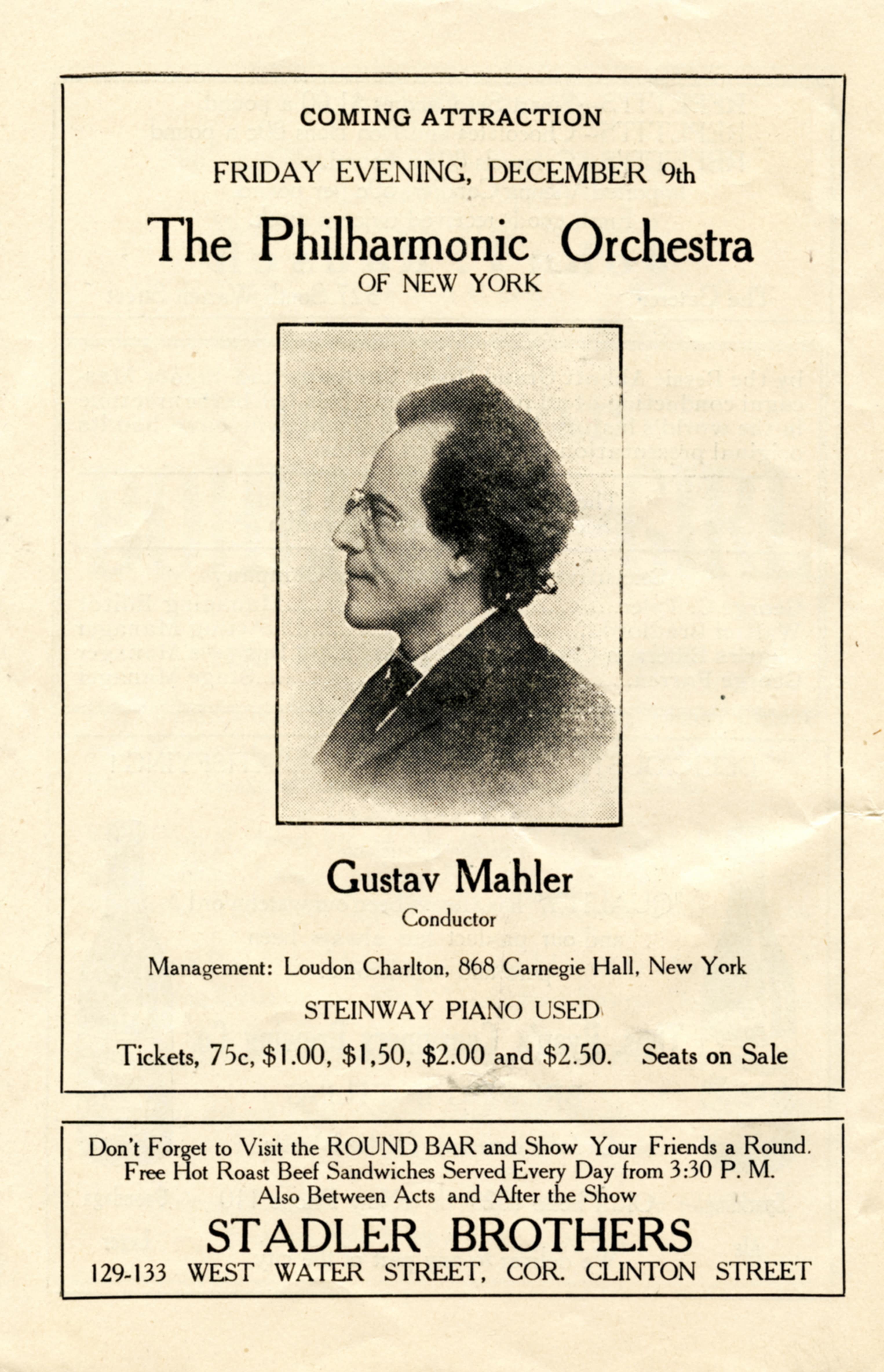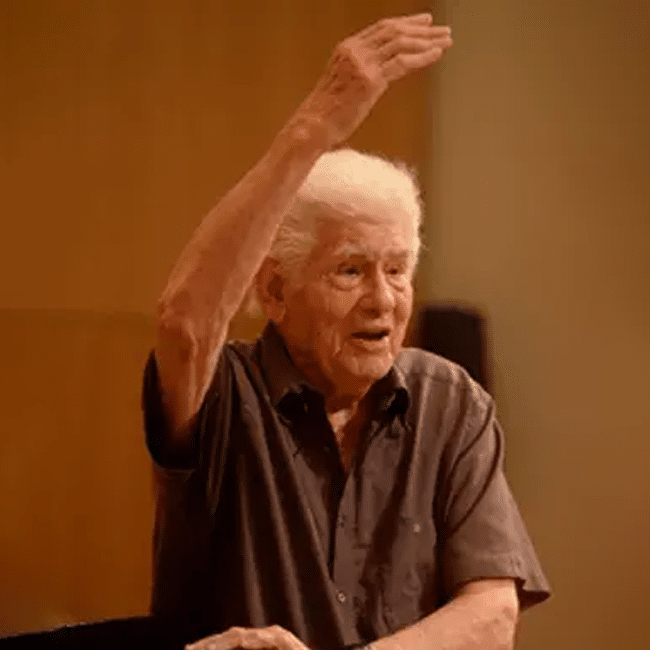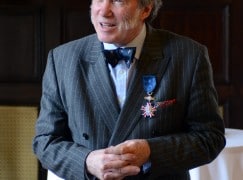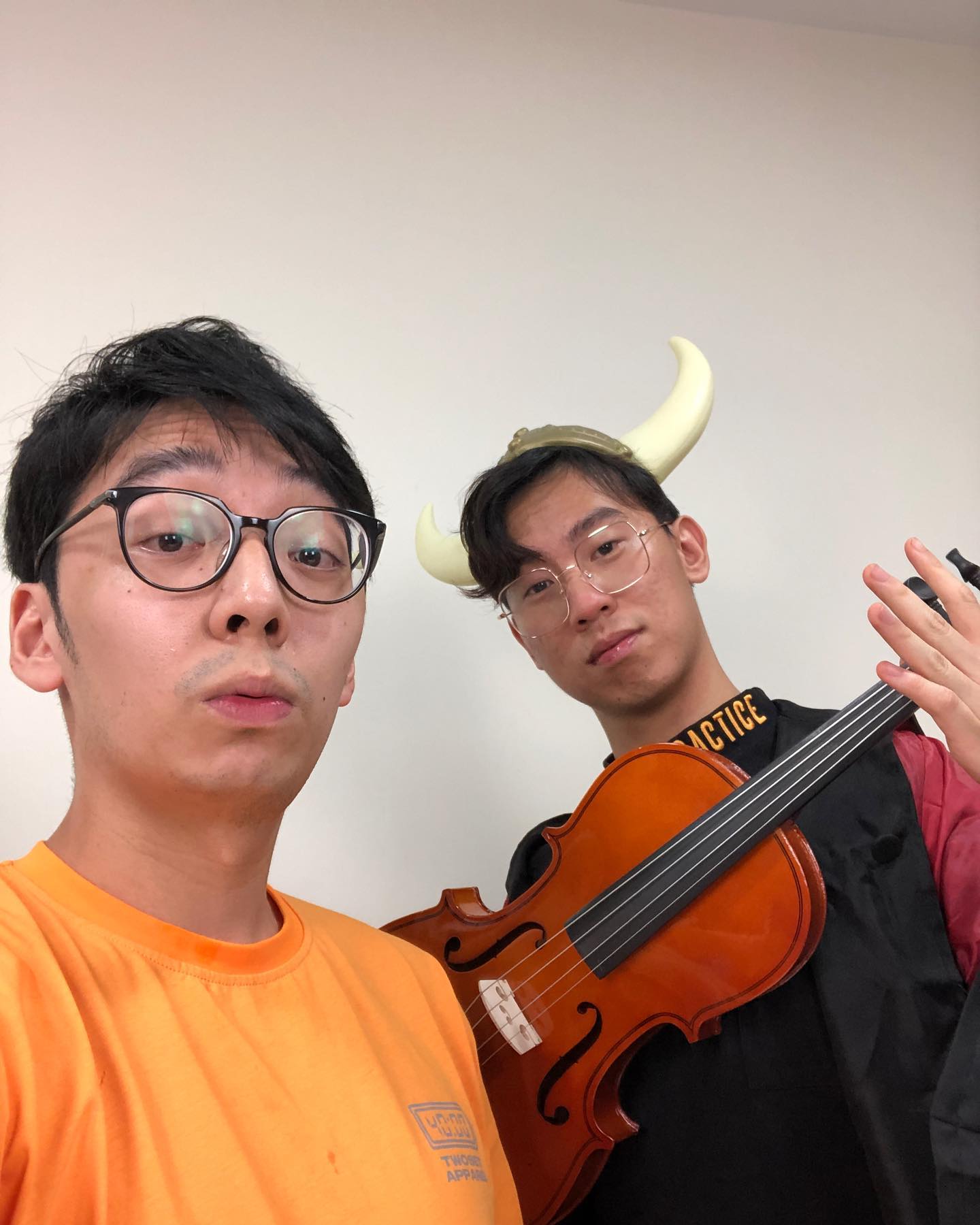A rare feast of Feldman
mainThe concentrated work of Morton Feldman doe not often come our way. So we’re happy to share the press release.
A celebration of the music of Morton Feldman
1- 4 April 2016
Taking its name from the only organ work by Morton Feldman, Principal Sound celebrates the music of this most individual and influential of composers in what would have been his 90th year. Bookended by two of Feldman’s late, great, masterpieces, the four-day festival brings together a number of leading new music performers with some of the UK’s most exciting young talent.
In one of the festival’s strands, important works from across Feldman’s output are placed alongside some of the music dearest to him, including the Webern Concerto for Nine Instruments and one of the cornerstones of American Experimentalism, John Cage’s String Quartet in Four Parts— the latter presented here by St John’s Young Artists the Ligeti Quartet. The festival also offers a rare opportunity to hear the vividly original, but all-too-often overlooked, music of two Feldman associates – Frank Denyer and Jo Kondo.
From there, the scope of the festival widens, taking in a broad range of composers who share something of Feldman’s tactile approach to the very substance of sound itself – from pioneering classics by Vivier and Rădulescu to a clutch of recent work, including a striking quartet from Arne Gieshoff – whose own Explorensemble have devised a fascinating programme placing Feldman within a European context. The UK premiere of Layers of Love, a major ensemble work by Christian Mason, features at the heart of a mouth-watering three-part concert from the Octandre Ensemble.
Another highlight of the festival is sure to be the unveiling of a new work from that incomparable clairvoyant of the near-silent, Jürg Frey, fresh from his residency at the 2015 Huddersfield Festival. Frey’s Shadow and Echo and Jade forms the still centre of a programme from Exaudi and organist James McVinnie which also takes in music by Feldman, Clementi and James Weeks before culminating in Guide, a deeply soulful work by the Canadian composer Cassandra Miller, whose generous and refreshingly direct musical voice is also showcased in a piano recital by Eliza McCarthy.
Opening the festival, with Feldman’s Piano and String Quartet, are some of the greatest Feldman interpreters of our time: the peerlessSmith Quartet and John Tilbury (who turns 80 this year). Finally, there is the chance to experience one of Feldman’s longest and most beautiful works in live performance, as Jenni Hogan, George Barton and Siwan Rhys, present For Philip Guston in all of its plaintive, quietly beguiling, vastness.
Website: Principal Sound Festival






So much more interesting than the Louis Andriessen festival with all the notes that Feldman wisely left-out.
And once again, our Great Leader of Good Musical Taste deigns sharing with us his musical wisdom.
Thank you, O Great Leader. What would we do without you?
“…sone of the greatest Feldman interpreters of our time” That’s a pretty funny line actually. I once read in a review that Seiji Ozawa was an “excellent interpreter”—of Ibert.
Is there any particular reason for you to have removed this innocuous comment?
“…some of the greatest Feldman interpreters of our time” That’s a pretty funny line actually. I once read in a review that Seiji Ozawa was an “excellent interpreter”—of Ibert. –
Suddenly it’s back: sorry for the duplication
I for one am glad to have a Mostly Morty Festival.
It seems advisable to inform audiences beforehand that they have to completely readjust their time experiences, to prevent innocent listeners from bursting into screaming or sobbing or just leaving after 4 hours – long before the piece has finished. Hopefully the management provides matrasses for the properly informed and kleenex tissues for the sadness of the overall effect.
I “discovered” Feldman’s music just after reading his obituary in 1987 (a rather morbid connotation), and in the 90’s I became acquainted with almost everything he had composed. I was especially interested in his Webernesque miniatures in the 50’s and 60’s, and in his more lyrical pieces from the early 70’s (like “The Viola in my Life” and “Rothko Chapel”). I have never listened to live performances of the very long pieces by Feldman from the 80’s, like “For Philip Guston” but am well acquainted with recordings. As a rule I used to listen to one CD at a time, and never the whole piece at once, and always with the feeling that he should have limited himself to about 25 minutes. Those works were not at all as interesting as his earlier work, and it was only the stark impression of his earlier work that made me bother listen to them at all. Then after listening to the (by that time) new recording of the psychologically endless “String Quartet II”, I suddenly got it: Feldman’s long pieces are not Music, they are not even Sonic Art as Mr Bortslap will call it – they are really an ART INSTALLATION. I boxed all those CDs and maybe some day I will go back to them if I need some ambient music.
That’s not a bad idea: ‘art installation’. Sound art that is SO static, in spite of the minor changes, that it has become something like an immovable object that remains the same also if one leaves it and comes back later-on.
Maybe an art installation can be a sub-category of sonic art?